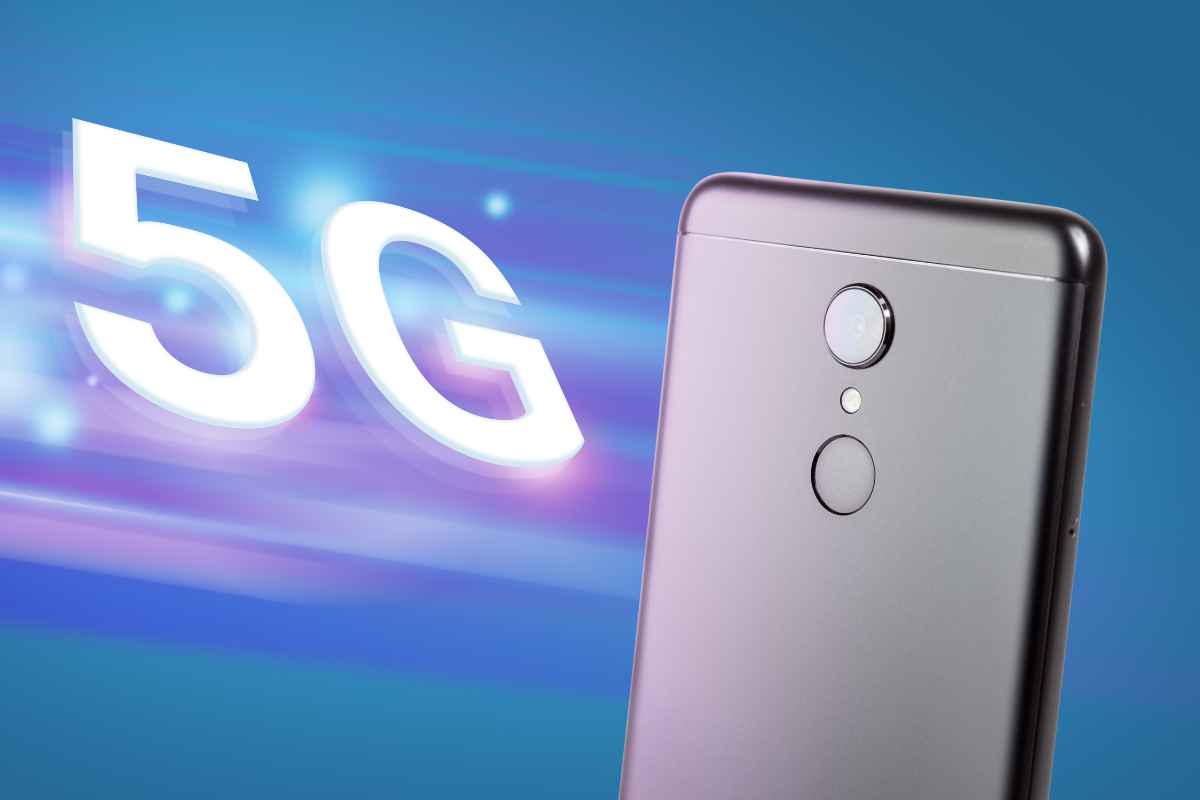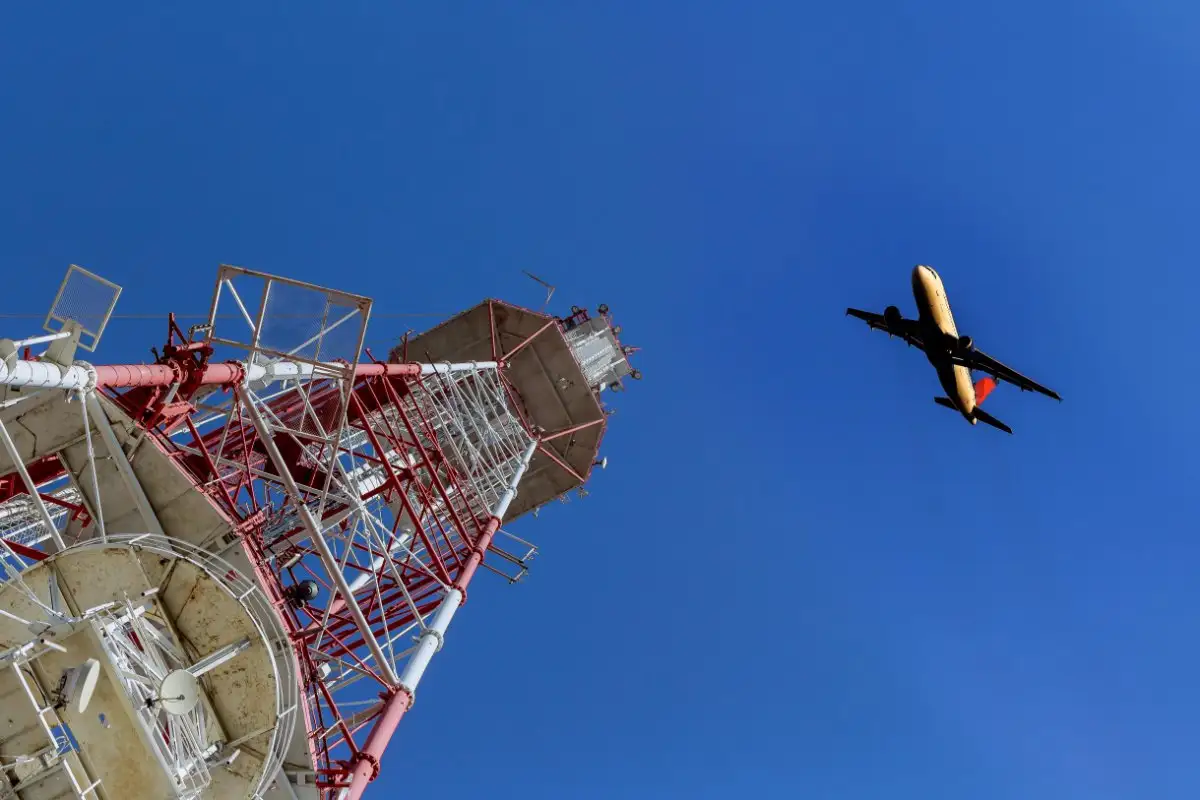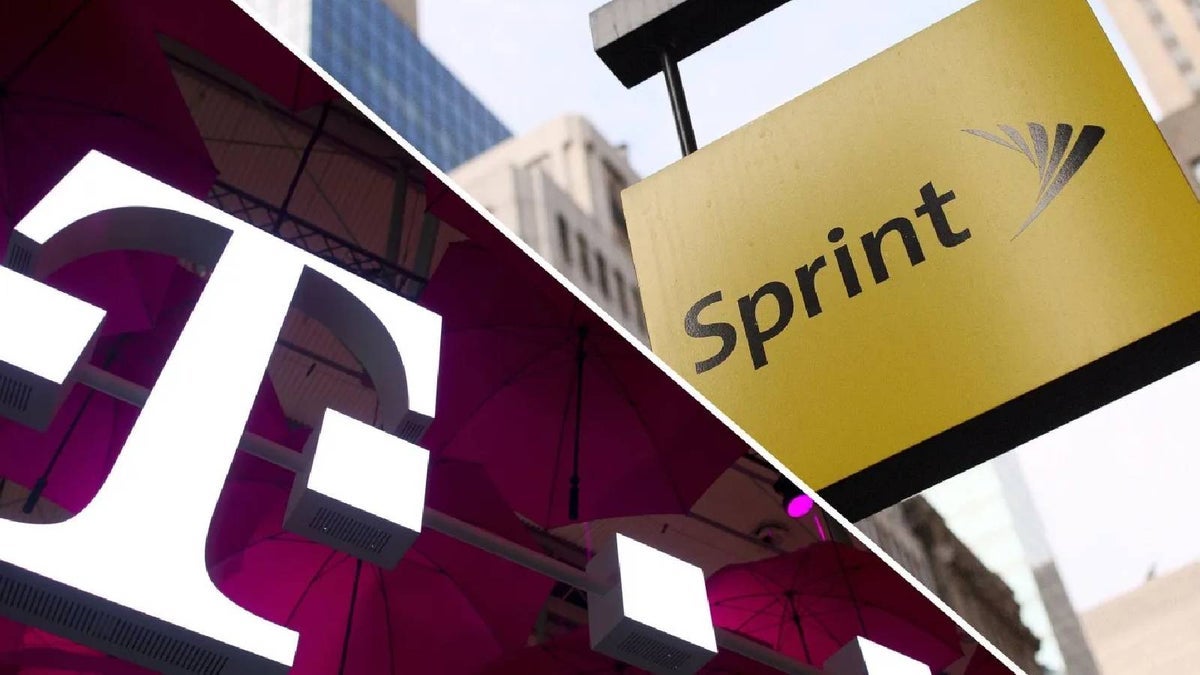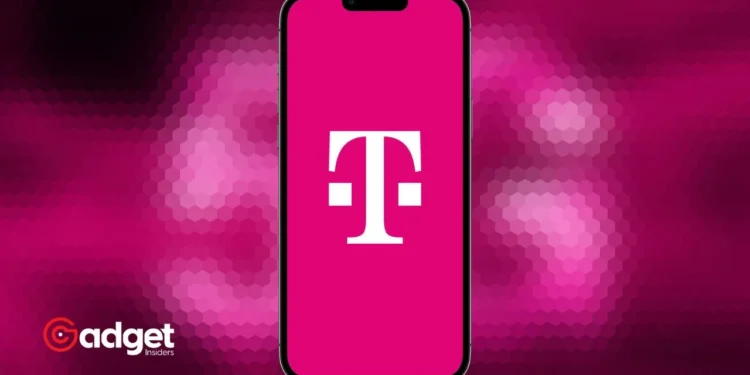In the dynamic arena of telecommunications, a conflict is unfolding that encapsulates the challenges of modern connectivity. At the heart of this saga is Bloosurf, a modest yet critical fixed wireless access (FWA) provider based in Maryland, facing off against the telecom giant T-Mobile.
This confrontation has escalated to the corridors of the Federal Communications Commission (FCC), bringing to light the unintended consequences of the race for 5G supremacy.

The Core of the Controversy: T-Mobile
Bloosurf ranked as the 99th largest FWA in the United States, has lodged a formal complaint with the FCC, alleging that T-Mobile’s 5G network is wreaking havoc on its service operations.
The crux of the issue lies in the interference caused by T-Mobile’s 5G signals, which, according to Bloosurf, is leading to customer disconnections and significantly degraded broadband speeds.
In a sector where connectivity is not just a convenience but a lifeline, the stakes are particularly high. Bloosurf’s assertion that such interruptions could endanger lives during emergencies by disrupting access to vital services like voice/911 underscores the gravity of the situation.
This scenario paints a vivid picture of the clash between the expansion ambitions of a telecom behemoth and the survival instincts of a local service provider.
T-Mobile expands 5G Home Internet service to Puerto Rico https://t.co/Uyxm7pfm8Q via @newsismybusines
— Jorge Martel (@JEMartel) March 1, 2024
The FCC’s Pivotal Role
The feud takes an intriguing turn with Bloosurf’s appeal to the FCC to intervene decisively. The FWA provider’s request for the FCC to freeze the 2.5GHz spectrum licenses awarded to T-Mobile highlights the regulatory challenges in managing the spectrum’s complex ecosystem.
T-Mobile’s delayed receipt of these licenses, due to congressional inaction on the FCC’s auction authority, adds another layer of complexity to this multifaceted issue.

Bloosurf’s grievances are not without precedent. Founded in 2009, the company first identified potential interference from T-Mobile’s 5G signals in 2020.
Efforts to collaborate with T-Mobile to pinpoint the cause of the interference culminated in a revelation that would further strain their relationship. Accusations of deceit emerged, with Bloosurf claiming that T-Mobile masked its 5G operations during testing, leading to misdiagnosis of the interference source.
A Broader Perspective on Connectivity and Competition
This conflict sheds light on the broader implications for the telecom industry and its consumers. As T-Mobile forges ahead as the largest FWA provider in the U.S., the incident with Bloosurf raises questions about the balance between innovation and the integrity of existing services.
The tale of these two providers encapsulates a larger narrative about the technological evolution of connectivity and the competitive dynamics that shape it.

Alan, a seasoned observer of the mobile technology landscape since 2009, views this episode as emblematic of the transformative yet turbulent path of telecom advancement.
From the advent of the first iPhone to the rollout of 5G networks, the journey has been marked by remarkable innovation and intense competition. However, as the Bloosurf-T-Mobile saga illustrates, the quest for connectivity supremacy often involves navigating a minefield of technical and regulatory challenges.
The ongoing dispute between Bloosurf and T-Mobile underscores the complex interplay of technological advancement, regulatory oversight, and the imperative to maintain service integrity.
As the FCC deliberates on this matter, the outcome will not only impact the immediate stakeholders but also set a precedent for addressing similar conflicts in the future.
In the quest for ubiquitous 5G connectivity, the tale of Bloosurf vs. T-Mobile serves as a cautionary reminder of the need for a balanced approach that safeguards the interests of all parties involved in the telecommunications ecosystem.









